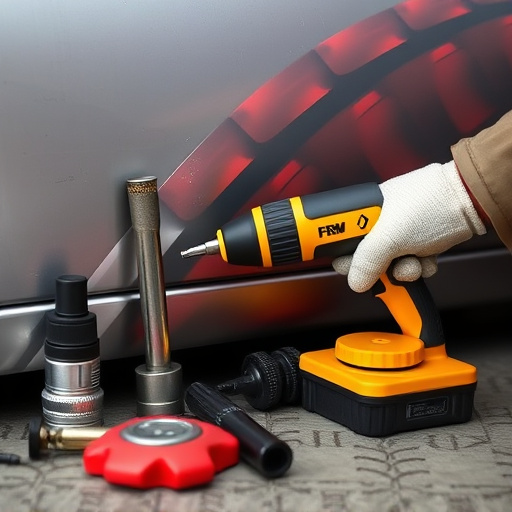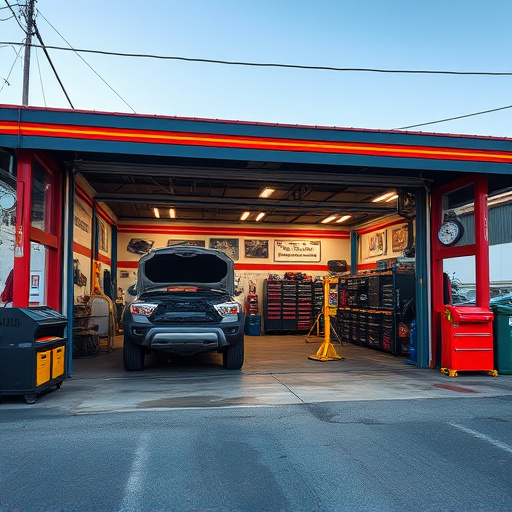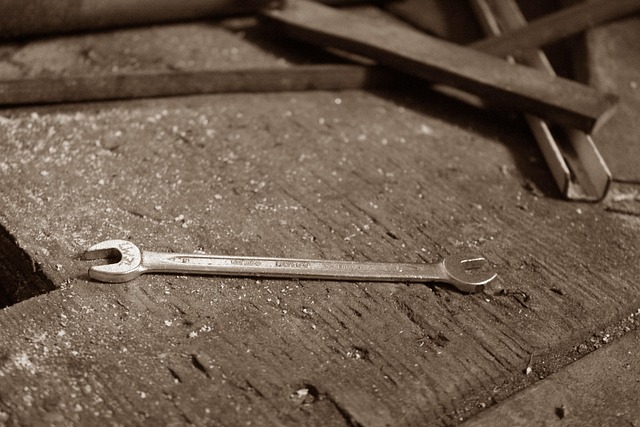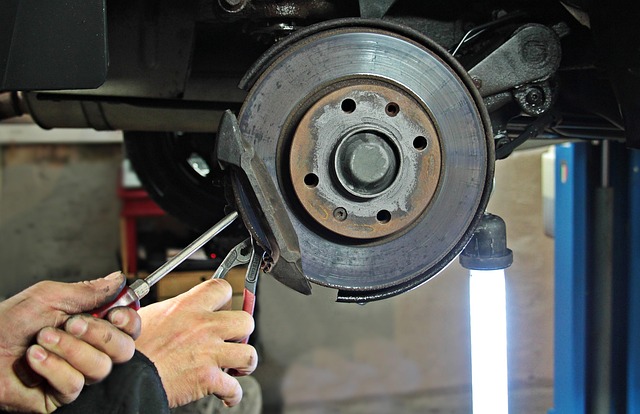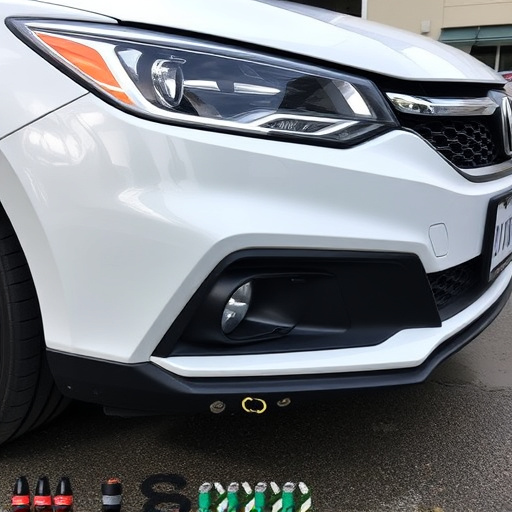Insurance-approved repairs involve a meticulous process adhering to industry standards and insurance company guidelines, ensuring vehicles are restored to pre-incident condition or better. Comprehensive documentation, including detailed damage assessments, photos, and precise descriptions of repair processes and materials used, is vital for efficient claims processing. Accurate record-keeping from initial assessment to final inspection creates transparency, verifies damage extent and restoration quality, and simplifies claims processes, fostering trust among clients and insurers.
In the realm of property damage restoration, understanding the intricacies of insurance-approved repairs is paramount. When disasters strike, thorough documentation plays a pivotal role in ensuring swift and accurate claims processing. This article delves into the essential components of comprehensive documentation for repair claims, highlighting best practices to maintain accurate records. By embracing these strategies, professionals can navigate the process seamlessly, fostering efficient insurance-approved repairs and minimizing delays in payouts.
- Understanding Insurance-Approved Repairs: A Definition and Importance
- The Key Components of Comprehensive Documentation for Repair Claims
- Best Practices for Maintaining Accurate Records to Ensure Payouts
Understanding Insurance-Approved Repairs: A Definition and Importance

Insurance-approved repairs are a critical process ensuring that vehicle damages are remediated to industry standards and regulatory compliance. It involves a meticulous approach where every repair step, from assessment to final inspection, aligns with insurance company guidelines. This is crucial for several reasons. Firstly, it guarantees that the vehicle is restored to its pre-incident condition or even surpasses it in terms of quality. Secondly, it offers transparency and accountability throughout the repair process, addressing potential concerns from insured individuals. For instance, when dealing with car paint repair or auto collision center services, adhering to insurance-approved standards ensures that repairs are not only aesthetically pleasing but also structurally sound.
The significance lies in maintaining a balanced relationship between service quality, customer satisfaction, and financial feasibility. By accepting insurance-approved repairs, policyholders can rest assured that their claims are being handled efficiently without compromising on the final outcome. This is particularly important for car damage repair processes where every detail matters, from matching paint textures to ensuring structural integrity. Thus, understanding and embracing this concept fosters trust between repair facilities, insurers, and policyholders alike.
The Key Components of Comprehensive Documentation for Repair Claims

Comprehensive documentation is a cornerstone for achieving insurance-approved repairs, ensuring claims are processed smoothly and accurately. The key components include detailed records of damage assessments, photographic evidence capturing every angle of the affected areas, and comprehensive descriptions of the repair process and materials used. For instance, in the case of car collision repair or car bodywork, documenting pre-and post-repair measurements can prove invaluable for demonstrating the extent of the initial damage.
Furthermore, ensuring that all records are up-to-date and accurately reflect the services provided is paramount. This includes keeping track of parts replacements, repairs carried out on specific panels (like car paint repair), and any modifications made to ensure the vehicle’s structural integrity. Such meticulous documentation not only facilitates quicker insurance claim approvals but also serves as a reference for future maintenance or potential disputes, thereby safeguarding both the repair shop and the policyholder.
Best Practices for Maintaining Accurate Records to Ensure Payouts

Maintaining accurate records is paramount for ensuring smooth insurance-approved repairs and timely payouts. Documenting every step of the process, from initial assessment to final inspection, creates a transparent trail that verifies the extent of damage and the quality of restoration work. This includes detailed photographs capturing both the damaged areas and the repair process itself, as well as comprehensive notes outlining the parts used, labor performed, and any specialized techniques employed (e.g., auto painting, bumper repair, auto body restoration).
Organized digital records, stored securely and accessible to authorized parties, streamline the claims process. Clear communication with insurance providers regarding these documents is key; ensuring they meet their specific requirements for submission and verification. By adhering to best practices in record-keeping, businesses can foster trust with both clients and insurers, leading to more efficient and effective insurance-approved repairs.
Documentation plays a pivotal role in ensuring smooth, efficient, and accurate insurance-approved repairs. By meticulously recording every step of the repair process, from assessment to completion, professionals can significantly enhance claim payouts and maintain client satisfaction. Comprehensive documentation not only safeguards against disputes but also fosters transparency, building trust between repair providers and insurance companies alike. Adhering to best practices in record-keeping is essential for navigating the complexities of repair claims and securing favorable outcomes.



